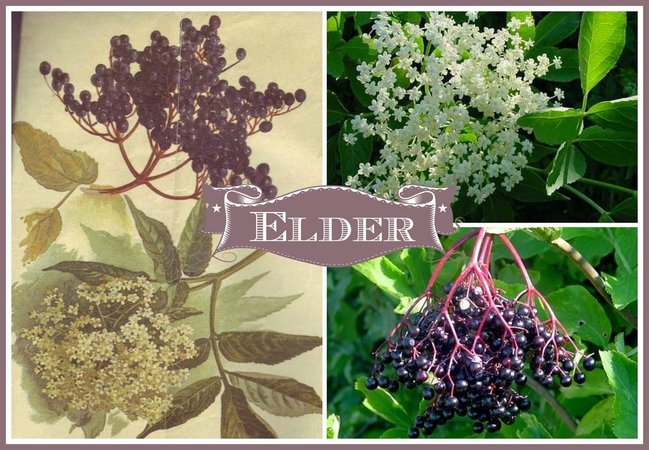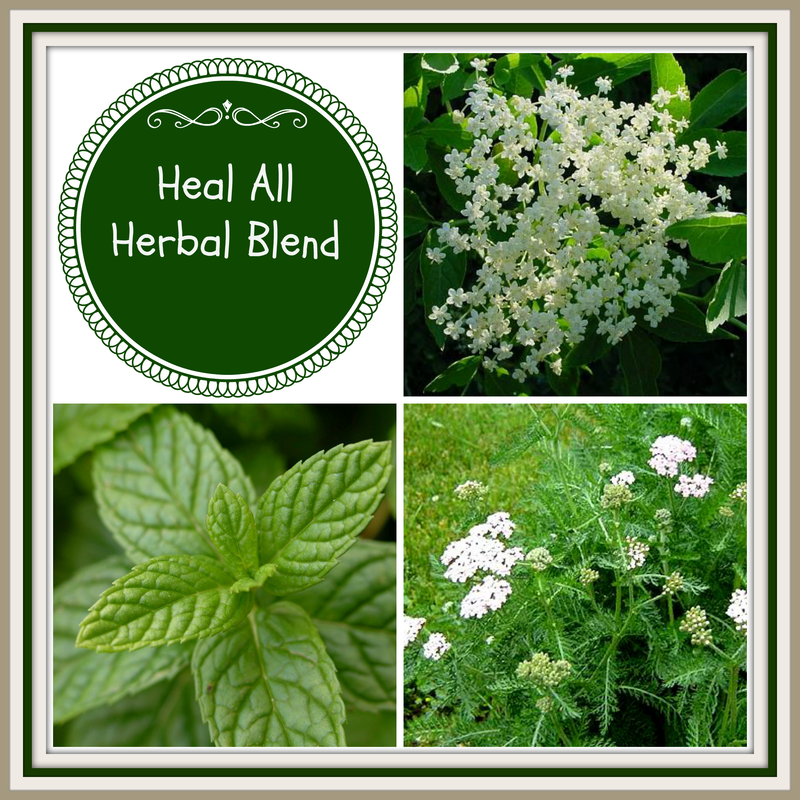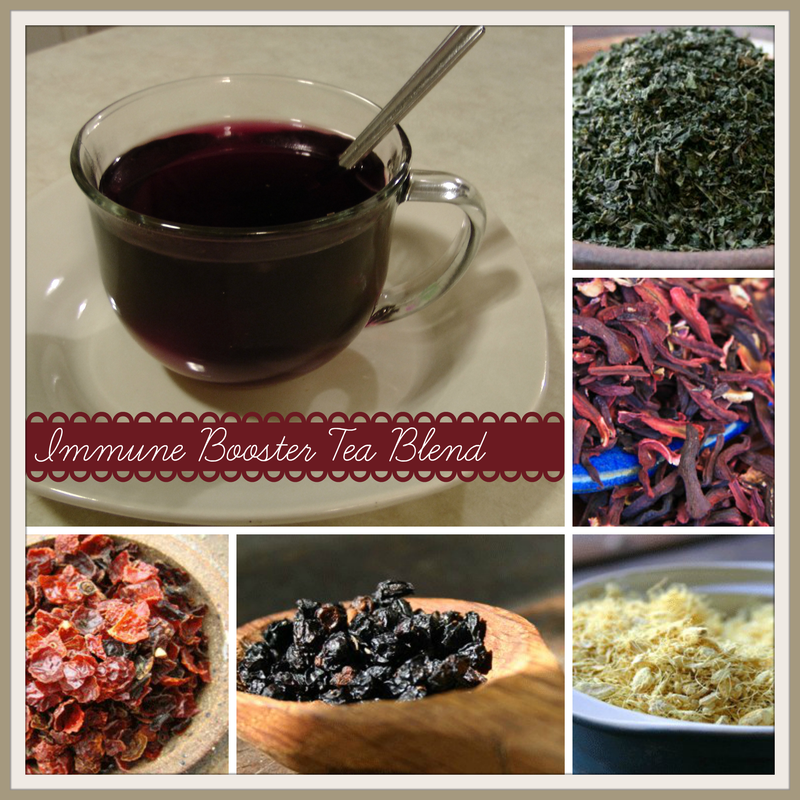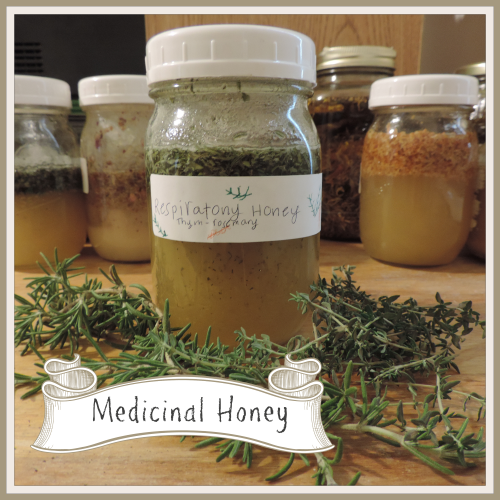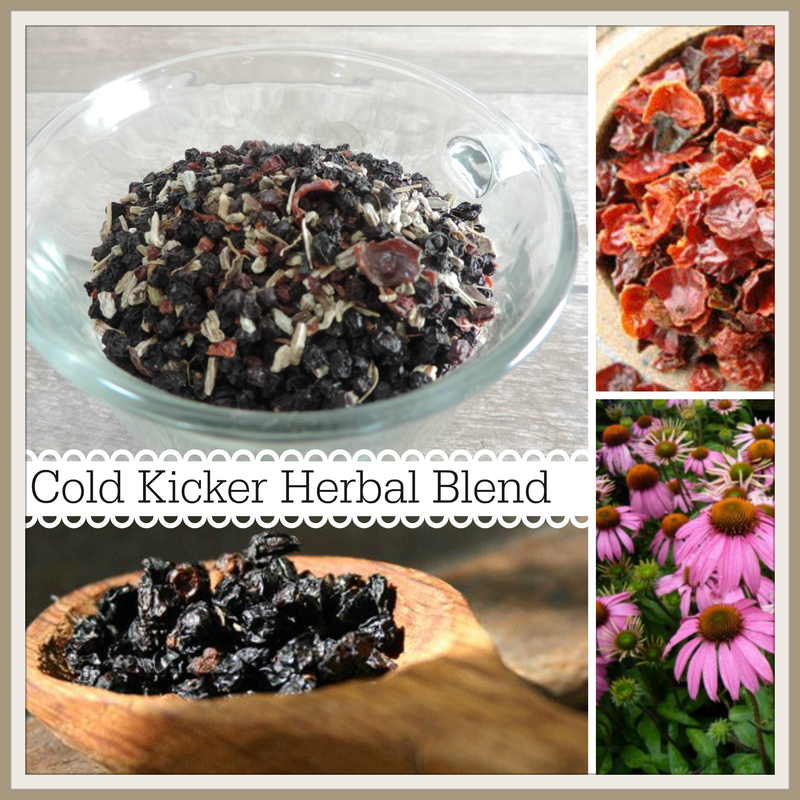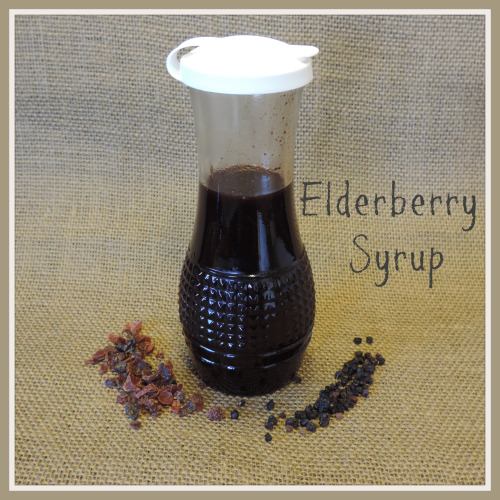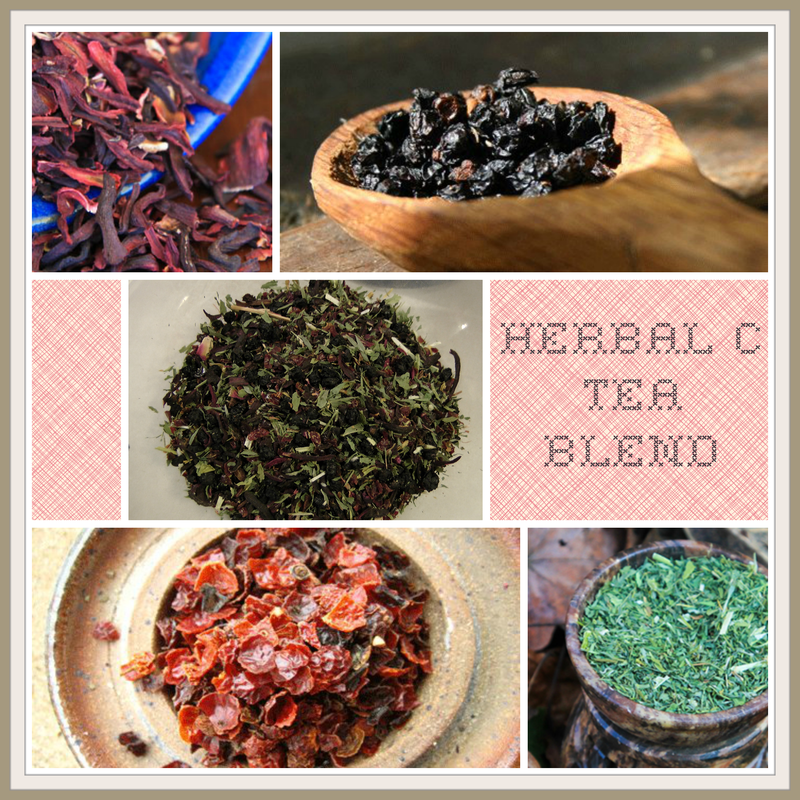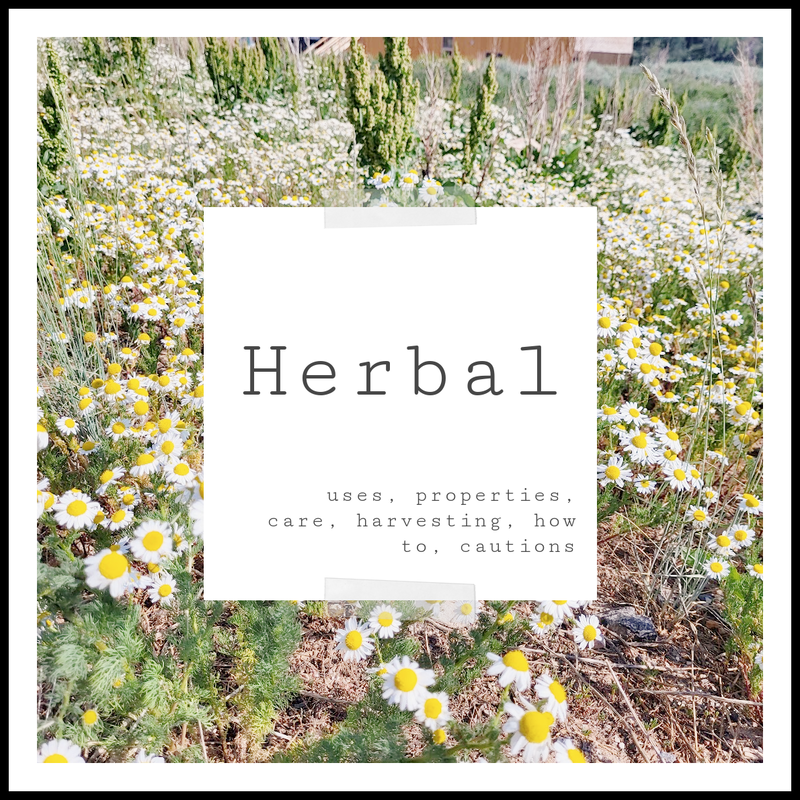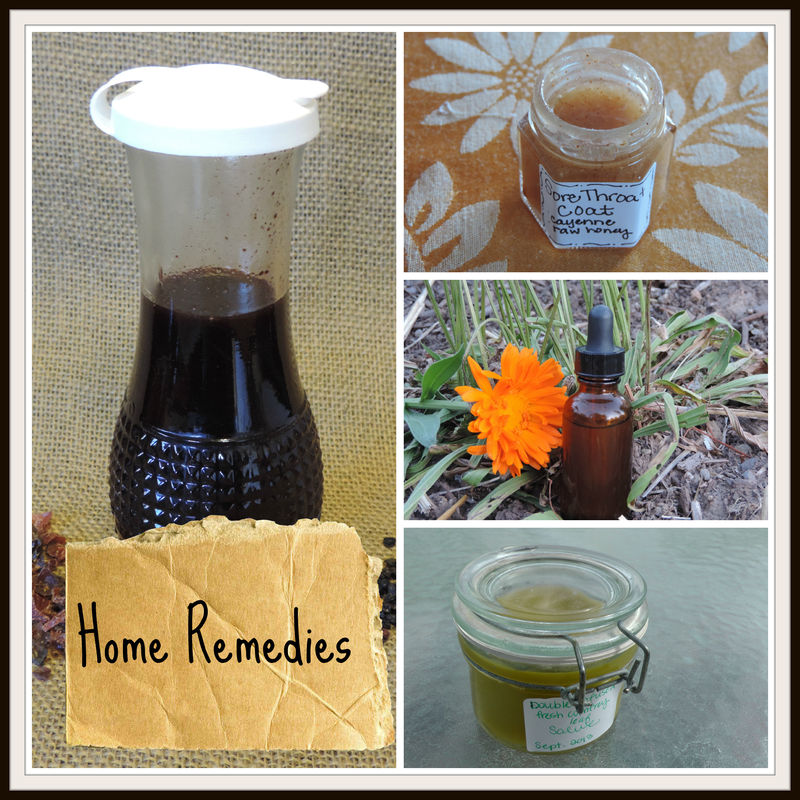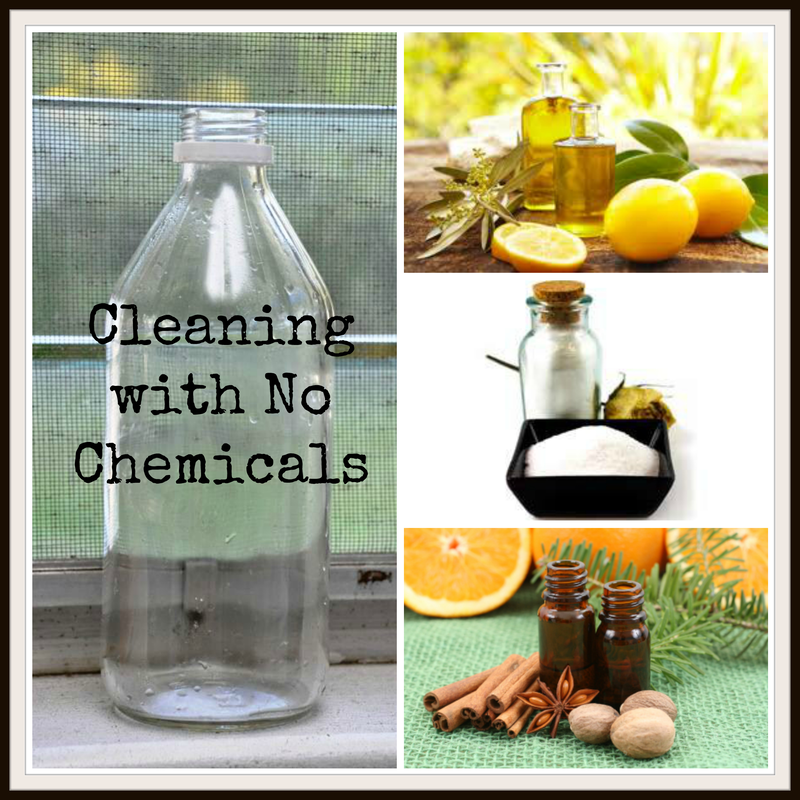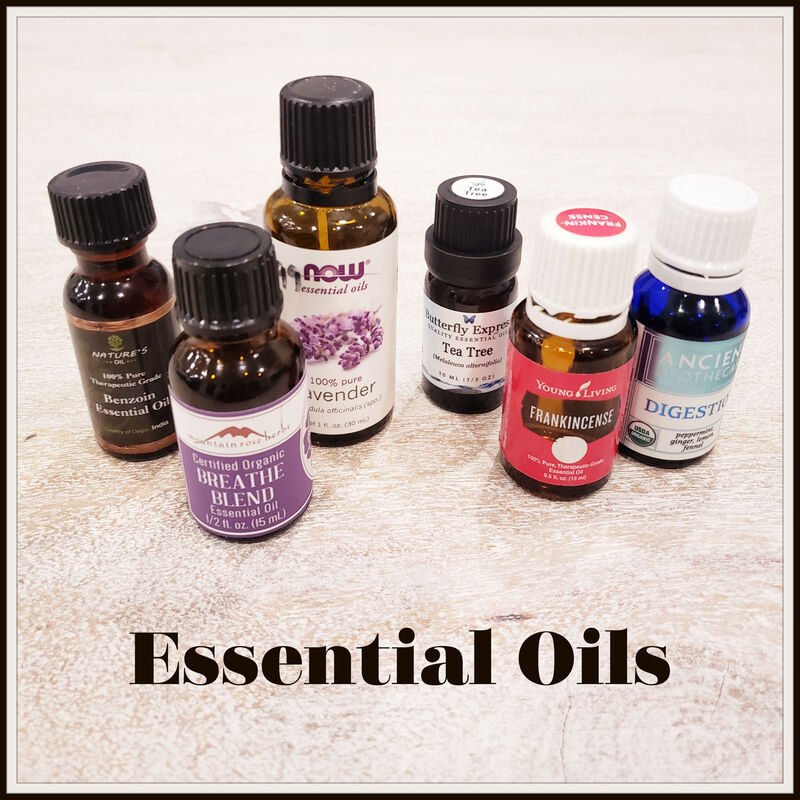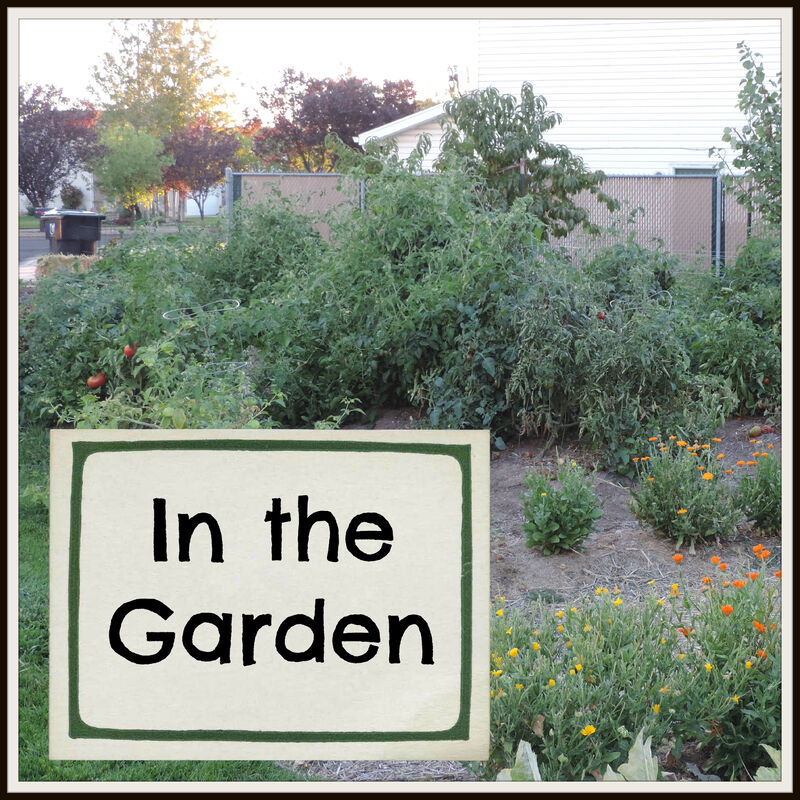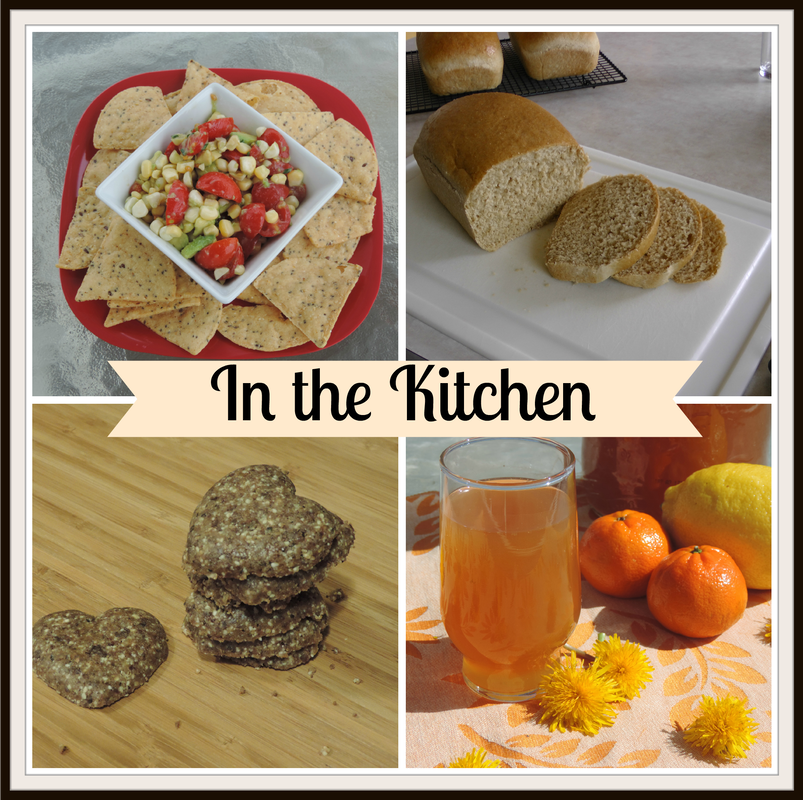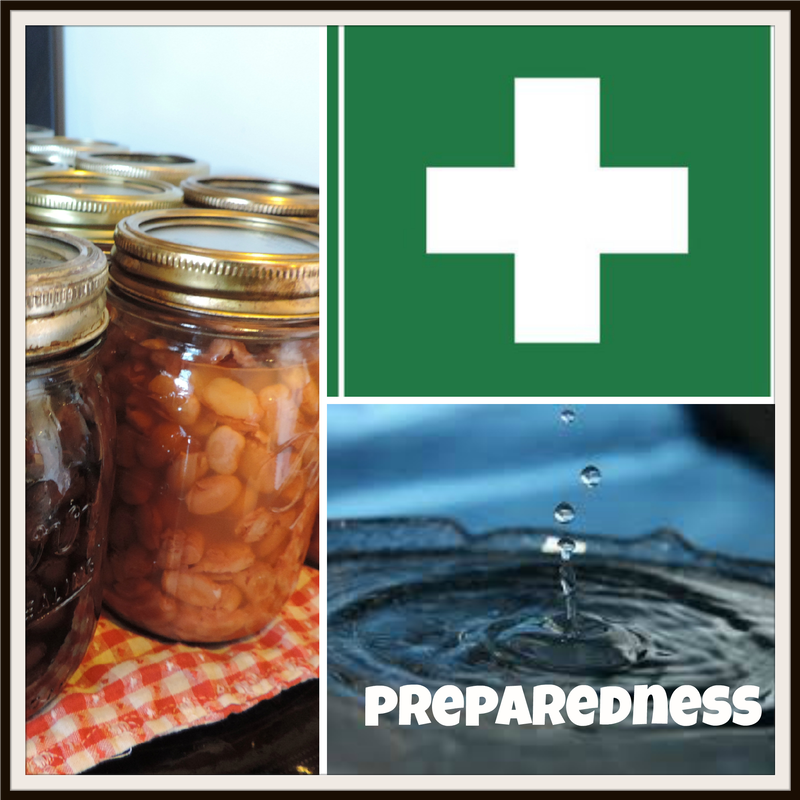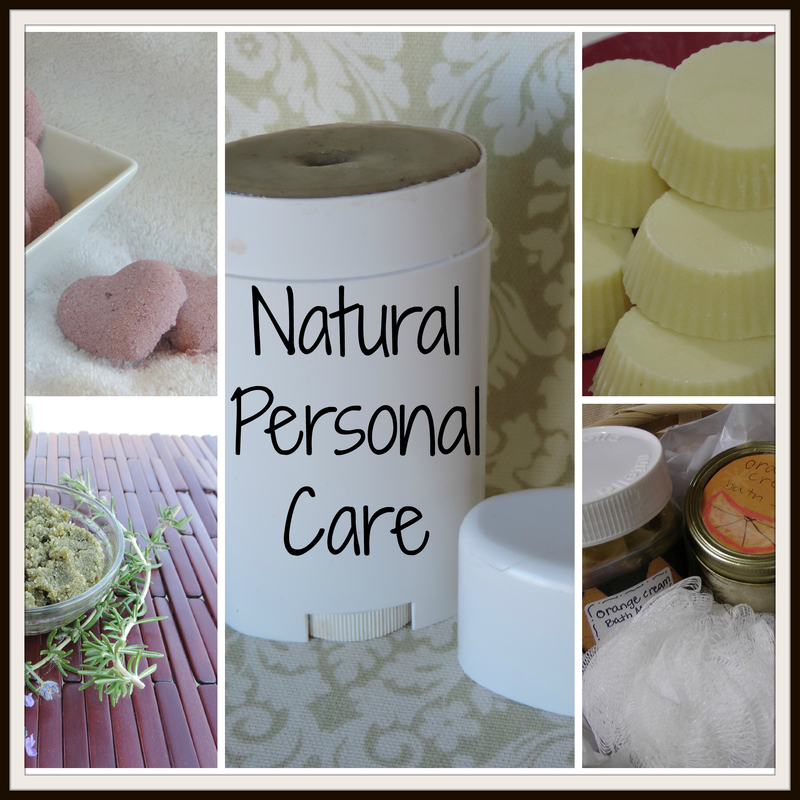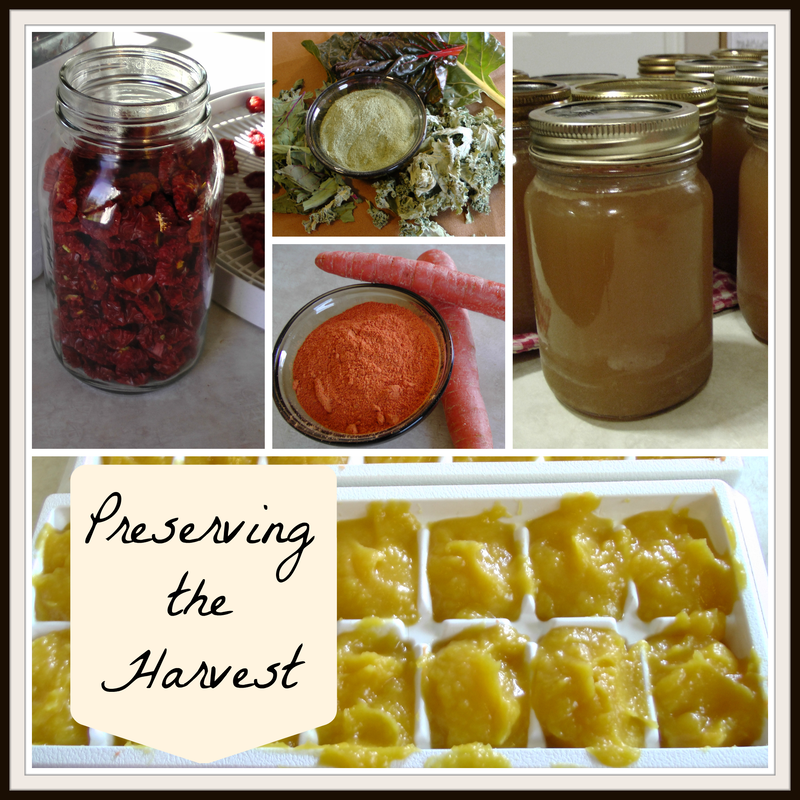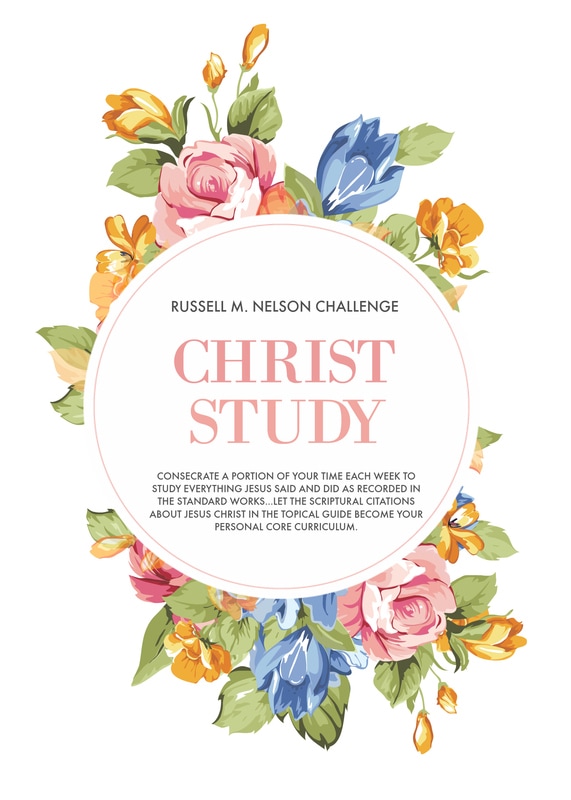Family: Adoxaceae
Parts Used: Flower and fruit
Elder is a favorite around here and one that I use regularly, whether in our Heal All blend, which I use for everything, or the kiddos favorite, elderberry syrup and elderberry glycerite, which we use all winter long for both prevention and treatment of illness. This plant is a two for one, giving the healing power of the flower in the summer and the illness fighting power of the berry in the fall, just in time for winter. I use it so much I started my own plant last year and anxiously await the day it starts producing for our everyday uses. For now, I just order my elderberries dried from either Mountain Rose Herbs orBulk Herb Store and the elder flowers from Mountain Rose Herbs.
Properties
|
Flowers
|
Berries
|
Beauty and Personal Care
|
The flower is used for these purposes
|
Uses
|
Medicinal Uses
|
Flower
|
Berry
|
Methods of Use
- tincture, glycerite
- syrup
- honey
- oil
- infusion (most teas steep for 10-15 minutes, elder flowers only steep for about 3-5 minutes)
- compress (flowers)
- poultice (mashed berries)
- bath, foot soak, face steam
In the Kitchen
- jams, jellies, preserves
- pies
- sodas and juices
- desserts
In the Garden
- Likes moist, rich soil and part shade to replicate it's natural habitat of growing next to rivers and by water in forests. Keep roots moist, although elder will still survive if it gets dry and hot.
- Propagate from a cutting or purchase a transplant from the nursery. I got mine from Rolling River Nursery online, they cultivate their plants using only organic means.
- To harvest the flowers, pick on a dry, sunny day when fully open. They should smell lemony and fresh. Pick the whole head of flowers and dry or use fresh.
- Berries are ripe when they look almost black in color, usually around August and September. They need to be prepared immediately or dried with gentle heat (dehydrator on low). My favorite way to prepare and use elderberries is making an herbal glycerite and a syrup.
